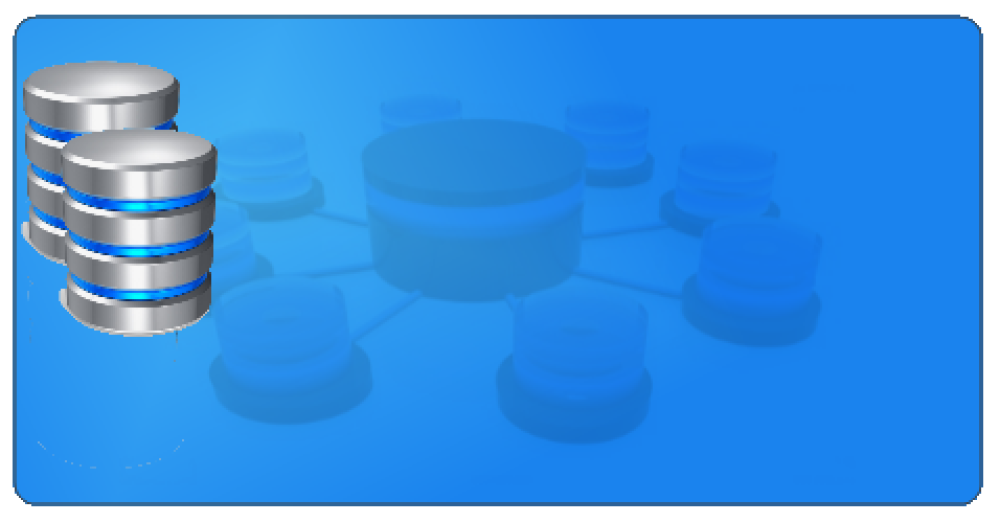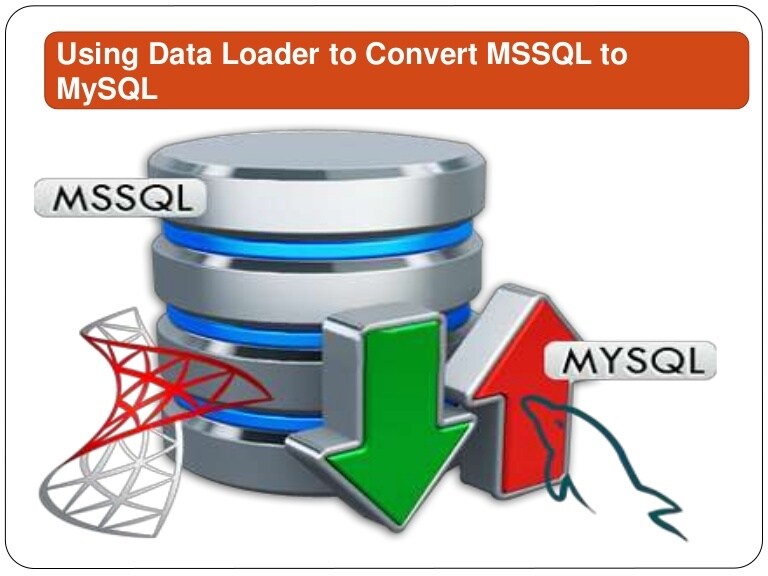Microsoft SQL Server (MSSQL) is a vigorous relational database management system that Microsoft has developed. It offers a comprehensive suite of features tailored for enterprise-level data management, including high availability, scalability and advanced security. MySQL is an open-source relational database management system renowned for its performance, flexibility and simplicity. Developed by Oracle Corporation, database management system is widely adopted in web development, small to medium-sized businesses, and applications requiring fast data processing. Oracle, a leading multinational technology corporation, offers one of the most powerful and widely used relational database management systems (RDBMS). Renowned for its scalability, reliability and comprehensive feature set, Oracle Database caters to the needs of large enterprises and mission-critical applications worldwide.
- This can be a meticulous process
Converting a Microsoft SQL Server (MSSQL) database to MySQL involves a meticulous process to ensure compatibility and data integrity between the two platforms. Several methodologies and tools facilitate this migration, such as MySQL Workbench, SQL Server Integration Services (SSIS), and third-party migration utilities. When convert MSSQL to MySQL the process typically begins with schema conversion, where MSSQL database objects such as views, stored procedures, tables and functions are translated into MySQL equivalents. This includes mapping data types, constraints, and schema definitions to align with the MySQL standards.
- How it occurs?
Data migration involves transferring the contents of Oracle tables to their corresponding MySQL counterparts. This step requires careful consideration of character sets, data types and encoding to prevent loss or corruption of data during the transfer. When convert Oracle to MySQL the migration process, it’s essential to address any optimize performance, compatibility issues and configure its settings to meet the specific requirements of the workload or application. Once the data and schema are migrated, thorough testing and validation are crucial to ensure the consistency and accuracy of the converted database. This involves verifying data functionality, integrity and performance across the environment such database management system promotes.







